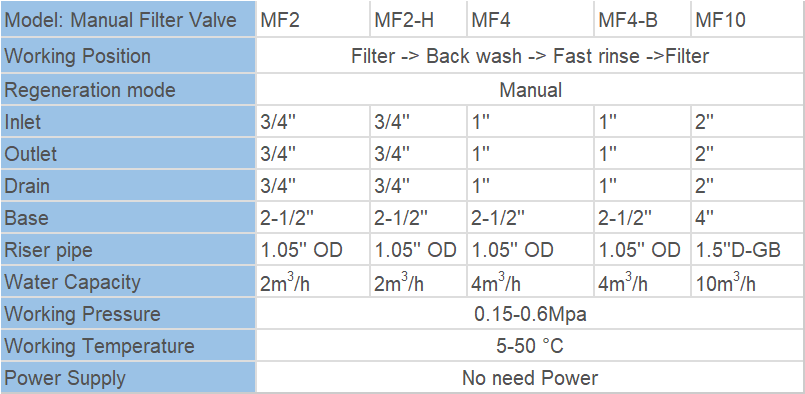Table of Contents
Pros and Cons of Refinancing After Renovation
Refinancing after a renovation is a common consideration for homeowners looking to take advantage of the increased value of their property. While there are certainly benefits to refinancing after a renovation, there are also some potential drawbacks to consider. In this article, we will explore the pros and cons of refinancing after a renovation to help you make an informed decision.
One of the main benefits of refinancing after a renovation is the potential to lower your monthly mortgage payments. By refinancing at a lower interest rate, you may be able to reduce your monthly payments and save money over the life of your loan. This can be especially beneficial if you have taken out a home equity loan or line of credit to finance your renovation, as refinancing can help you consolidate your debt and potentially lower your overall monthly payments.
Another advantage of refinancing after a renovation is the opportunity to access the equity in your home. If your renovation has increased the value of your property, you may be able to borrow against that equity through a cash-out refinance. This can provide you with the funds you need for additional home improvements, debt consolidation, or other financial goals.
On the other hand, there are some potential drawbacks to refinancing after a renovation. One of the main disadvantages is the cost associated with refinancing. Refinancing can involve closing costs, appraisal fees, and other expenses that can add up quickly. Before deciding to refinance, it is important to carefully consider whether the potential savings outweigh the costs of refinancing.
Another potential drawback of refinancing after a renovation is the impact on your credit score. When you apply for a new mortgage, the lender will pull your credit report, which can temporarily lower your credit score. If you are planning to refinance in the near future, it is important to avoid taking on any new debt or making any major financial decisions that could negatively impact your credit score.

In conclusion, there are both pros and cons to refinancing after a renovation. Before making a decision, it is important to carefully weigh the potential benefits and drawbacks of refinancing in your specific situation. If you are considering refinancing after a renovation, it may be helpful to consult with a financial advisor or mortgage professional to discuss your options and determine the best course of action for your individual needs. Ultimately, the decision to refinance after a renovation should be based on your financial goals, current interest rates, and overall financial situation.
How to Determine if Refinancing After Renovation is Right for You
Refinancing after a renovation can be a smart financial move for homeowners looking to lower their monthly mortgage payments or access equity in their home. However, it’s important to carefully consider your individual circumstances before deciding whether or not to refinance. In this article, we will discuss how to determine if refinancing after a renovation is right for you.
One of the first things to consider when deciding whether to refinance after a renovation is the current interest rates. If interest rates have dropped since you originally took out your mortgage, refinancing could potentially save you money on your monthly payments. By securing a lower interest rate, you may be able to reduce your monthly mortgage payment and save thousands of dollars over the life of the loan.
Another factor to consider is the amount of equity you have in your home. If your home has increased in value due to the renovation, you may be able to access that equity through a cash-out refinance. This can be a good option if you need funds for another home improvement project, to pay off high-interest debt, or for other financial needs. Keep in mind that cash-out refinancing typically comes with higher closing costs and may extend the term of your loan, so it’s important to weigh the pros and cons before moving forward.
| Category | Type | Feature | Model | Inlet/Outlet | Drain | Base | Riser Pipe | Brine Line Connector | Water Capacity m3/h |
| Automatic Softener Valve | Downflow & Upflow Type\u00a0 | Supply Hard Water during Regeneration | ASB2 | 1/2″, 3/4″, 1″ | 1/2″ | 2.5″ | 1.05″ OD | 3/8″ | 2 |
| ASB4 | 1/2″, 3/4″, 1″ | 1/2″ | 2.5″ | 1.05″ OD | 3/8″ | 4 |
It’s also important to consider your long-term financial goals when deciding whether to refinance after a renovation. If you plan to stay in your home for the foreseeable future, refinancing could be a good way to save money on your mortgage and potentially access additional funds. However, if you plan to sell your home in the near future, it may not make sense to refinance, as the costs associated with refinancing may outweigh the potential savings.
Before making a decision about refinancing after a renovation, it’s important to carefully review your current mortgage terms and compare them to any potential new loan offers. Consider factors such as interest rates, closing costs, and the length of the loan term. You may also want to consult with a financial advisor or mortgage professional to help you determine the best course of action based on your individual financial situation.
In conclusion, refinancing after a renovation can be a beneficial financial move for some homeowners, but it’s important to carefully consider your individual circumstances before making a decision. By evaluating factors such as interest rates, equity in your home, and your long-term financial goals, you can determine whether refinancing is right for you. Remember to weigh the pros and cons, compare loan offers, and seek advice from a professional before moving forward with a refinance.
